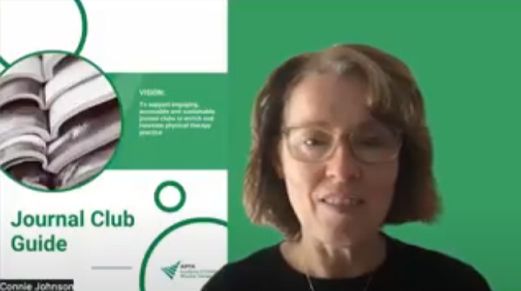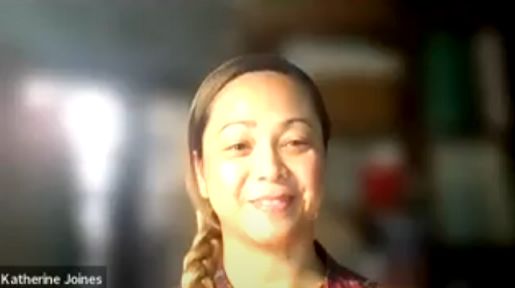APTA Pediatrics Guide to the
Modern Journal Club
On this page, you will find resources to support you and your team in creating engaging and fun journal club experiences. Our aim is to help you stay apprised of the latest research and connect with colleagues locally, regionally, and even globally.
To be successful, journal clubs must have a champion or facilitator. See below for documents and videos to support logistics, tips for increasing your impact as a facilitator, and how to appraise and apply research evidence.
JOURNAL CLUB VISION
To support engaging, accessible, and sustainable journal clubs to enrich and innovate physical therapy practice.
REFLECTION QUESTIONS & MEASURING OUTCOMES
helps facilitators ask probing questions to deepen conversations
APPRAISING & APPLYING EVIDENCE
supports facilitators and collaborators in using research evidence effectively
Journal Club Structures
The Modern Journal Club format is based on the frameworks of Liberating Structures. We have modified four of these formats to facilitate your journal club experiences, whether your aim is solving a particularly thorny clinical problem or keeping up with literature related to your clinical specialty. Choose the format that matches the aim of your journal club, and then use the resources to support the practical aspects of your experience.

Actionable items can be small, and yet contain the potential to create momentum for big effects. Use this structure to help your team make meaningful change towards large, complex, or seemingly intractable problems by generating actionable solutions that are within their purview. Group participants will offer ideas and suggestions, intended to create change in practice based on provided evidence.
25/10 Crowdsourcing generates big ideas in record time with large groups. Your facilitator will guide the group in article analysis and then apply concepts from the article to real life. Each member of the group anonymously shares ideas and then rates their favorites from the group. Generate a top ten action item list at the end and see where the ideas go from there!
Thorny problems require leadership and new approaches. Based on the Discovery & Action Dialogue Liberating structure, this journal club is designed to facilitate “positive deviations” from the norm. By asking targeted and provocative questions so that any group member can forge a new path towards a solution to a chronic problem.
Using experts from outside your group helps your team consider alternate perspectives to get out of a clinical rut. Based on the Liberating Structure User-Experience Fishbowl, this journal club integrates multiple perspectives to create a more informed view. With new perspectives, participants leave with new approaches to a problem feeling more engaged and cohesive.
Click here if you would like all documents above combined into a single document.




